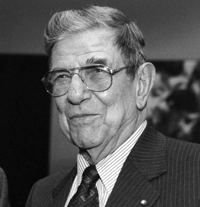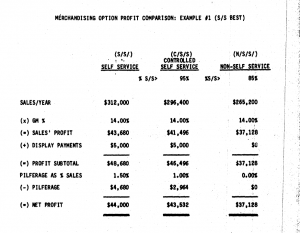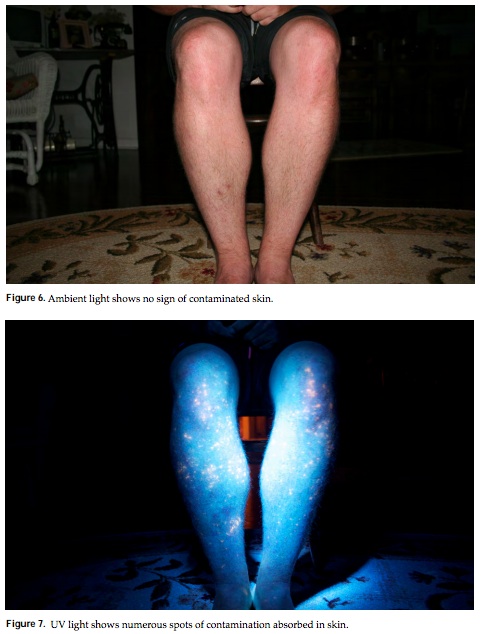
CVS touts its apparent new-found interest in people’s health
CVS Drugstores announced this week that they are finally acting on information the rest of us have known for fifty years: they’re going to stop selling cigarettes because they are addictive and deadly. On February 5, 2014 CVS announced that it would end cigarette sales at its 7,600 stores nationwide by October 1. What CVS didn’t mention was the grassroots efforts behind this move, including the relentless driving force of a human being, Dr. Terence A. Gerace, who carried out an almost four year-long, single-focus, one-man campaign to push CVS to stop selling cigarettes. Dr. Gerace started his campaign in earnest on May 20, 2010. Over the years it has included a web site containing a log and description of every single one of the days he personally stood protesting in front of a busy CVS store in a prominent part of Washington, D.C., a “CVS Sells Poison” Facebook page, a “CVS Sells Poison” YouTube song and video, almost 170 days of personal protest in all kinds of weather at the Washington, D.C. store and some imaginative, hand-made iterations of what Terry though CVS ads could look like if the chain finally went cigarette-free. To his credit, though, Dr. Gerace has turned down offers of publicity for himself now that CVS has finally agreed to stop selling cigarettes, saying the focus should be on the change, and for that he deserves a gold medal.
Some communities understand that it is wrong for pharmacies, which market themselves as interested in peoples’ health, to sell cigarettes. A few enlightened U.S. cities, including San Francisco, Richmond, California, Boston and about 80 other cities in Massachusetts now have ordinances banning pharmacies from selling cigarettes. Canada prohibits pharmacies from selling cigarettes and so does the United Kingdom. In Europe, pharmacies do not sell cigarettes.
For decades the tobacco industry has protected the big national chain drug stores against lawsuits brought by people who were sickened by cigarettes bought at their stores through contracts that indemnify the stores against such legal action. After all, the pharmacies know they are selling a deadly product but keep doing it, to the cigarette makers’ great financial advantage. CVS had many such protective contracts with cigarette companies. To see the contracts tobacco companies held with any drug chain, just go to the Legacy Tobacco Documents Library online and enter the search term “indemnify and hold harmless” along with the name of any major drug store chain you like to shop at, like Walgreens, CVS, Rite Aid, etc. They’re all there, demonstrating that these stores know they are selling a deadly product and choose to do it anyway.
Now that CVS has decided to stop selling cigarettes, the only question left in people’s minds is no longer which national chain drug store will be the first to stop selling cigarettes. It’s which one will be the last.












